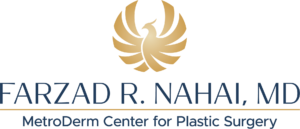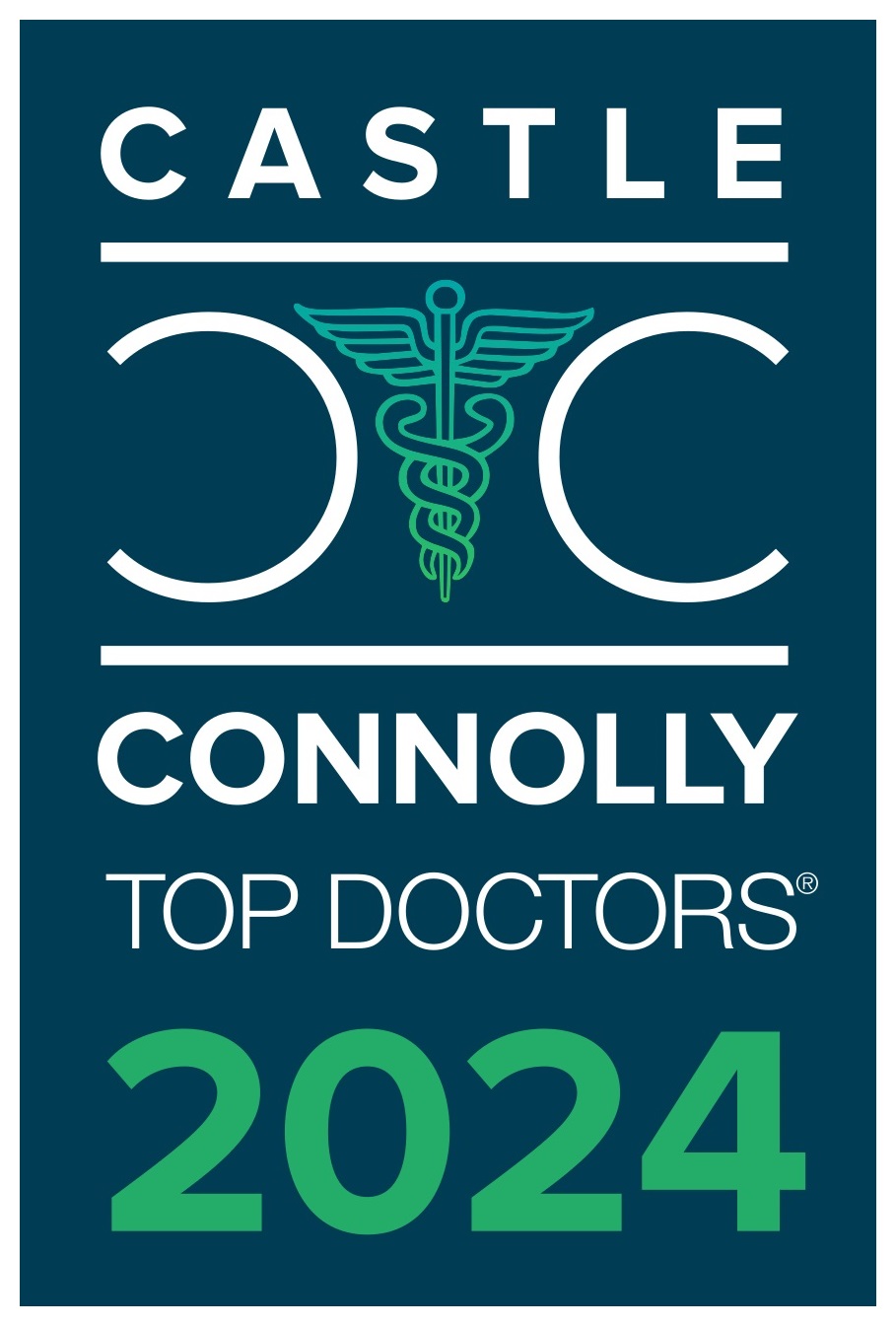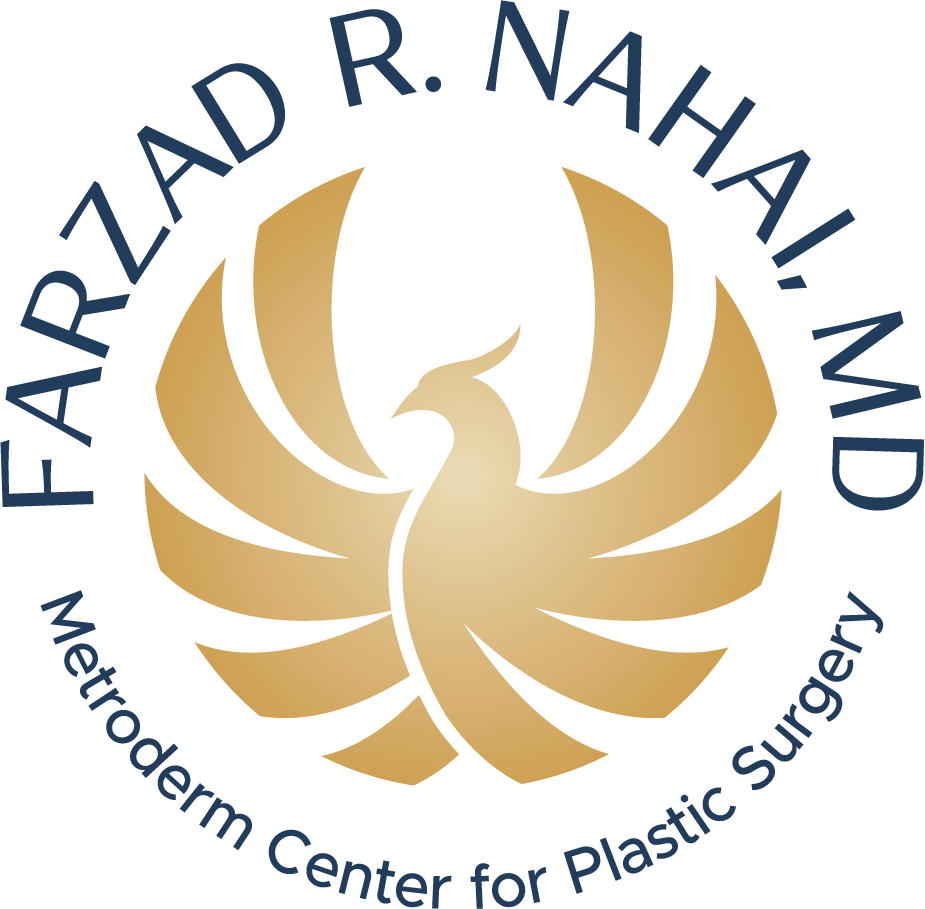AESTHETIC RHINOPLASTY
Bringing harmony to your face
For those patients dissatisfied with the size or shape of their nose, a rhinoplasty can be performed for reshaping purposes. Nasal airway and breathing issues can be treated at the same time as an aesthetic rhinoplasty. A rhinoplasty often involves removal of a hump, refining a bulbous or thick tip, and narrowing the nose. This can improve the proportionality of the nose to other facial features and thereby create a more smooth and harmonious appearance. Sometimes we are up building the nose as in the case of Asian, African-American, or some Hispanic patients who lack an adequate bridge (nasal dorsum) or definition or support in the tip. The surgery is done on an outpatient basis under general anesthesia.
Improving
Proportionality.
Improving
Airflow.
FUNCTIONAL RHINOPLASTY
Helping you breathe easier
In cases where there is some associated nasal breathing obstruction, internal nasal surgery such as a septoplasty, internal spreader grafts, and/or turbinate surgery can be performed to improve breathing. These procedures specifically address functional aspects of the nose. This is often covered by insurance companies and can be combined with an aesthetic rhinoplasty. The septum is sometimes warped or curved (also known as deviated), blocking the normal flow of air through the nose and internal passage ways. Sometimes an accessory structure within the nose, the turbinate, is also enlarged and blocking airflow. The curvy part of the septum is partially removed and straightened and when indicated the turbinate is reduced in size to improve airflow within the nose. Sometimes spreader grafts made from your own nasal cartilage, an internal breath-rite-type procedure, is also done to help keep the airways open. Typically, a significant improvement in nasal breathing is realized after the initial post surgical swelling goes down.
CHOOSING A SURGEON
Specialized training is required
Choosing a qualified plastic surgeon for rhinoplasty is important for several reasons:
- Specialized training and expertise: Plastic surgeons undergo extensive training and education in plastic and reconstructive surgery, including specific training in facial plastic surgery, which includes rhinoplasty. They have the expertise and skills to perform complex surgical procedures on the face, including the nose, with precision and safety.
- Experience in nasal surgery: Plastic surgeons who specialize in facial plastic surgery often have extensive experience in performing rhinoplasty. They are familiar with the intricacies of the nasal anatomy, including the bone, cartilage, and soft tissue structures, and can effectively address both cosmetic and functional concerns.
- Comprehensive evaluation and personalized approach: Plastic surgeons typically provide a comprehensive evaluation of the patient’s overall facial features, nasal structure, and desired outcomes to develop a personalized surgical plan. They take into consideration the patient’s unique facial proportions, skin thickness, and nasal anatomy to create a natural-looking result that is harmonious with the rest of the face.
- Focus on safety and outcomes: Plastic surgeons prioritize patient safety and strive to achieve optimal surgical outcomes. They are well-versed in managing potential risks and complications associated with rhinoplasty and are equipped to handle any unforeseen situations that may arise during or after the surgery.
- Follow-up care and support: Plastic surgeons typically provide thorough post-operative care, including regular follow-up appointments, to monitor the progress of healing and address any concerns or questions that patients may have during the recovery process. They are committed to ensuring the best possible outcome and supporting patients throughout their rhinoplasty journey.
- Board certification and credentials: Plastic surgeons who are certified by the appropriate medical boards, such as the American Board of Plastic Surgery, have undergone rigorous training, testing, and evaluation to demonstrate their expertise in plastic surgery. Choosing a board-certified plastic surgeon ensures that you are entrusting your care to a qualified professional with the necessary credentials.
In conclusion, choosing a qualified plastic surgeon for rhinoplasty offers the benefits of specialized training, experience, personalized approach, safety, follow-up care, and credentials. It is essential to thoroughly research and select a reputable and board-certified plastic surgeon to ensure the best possible outcomes for your rhinoplasty procedure.





